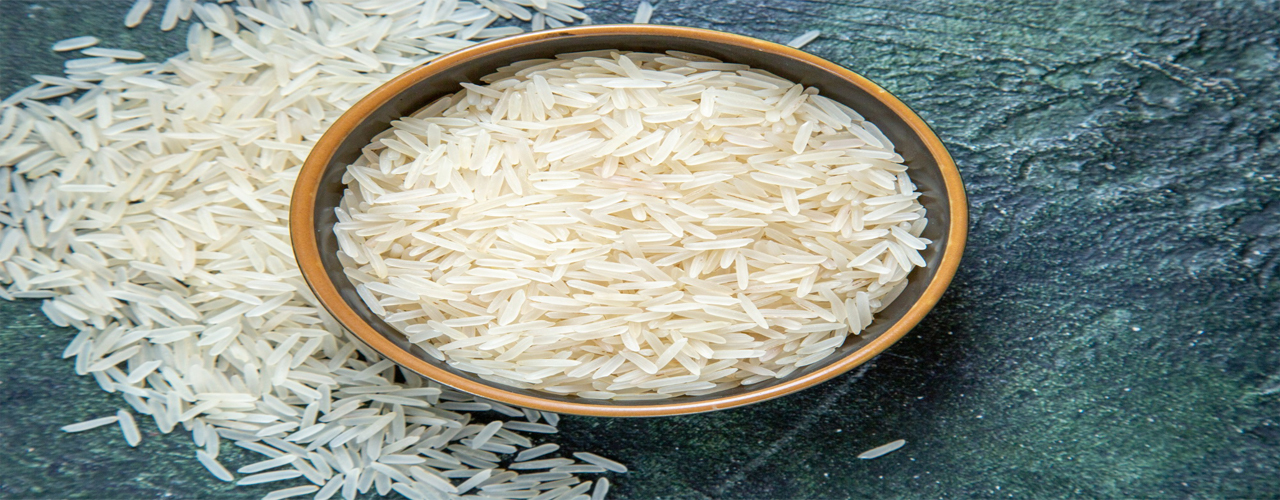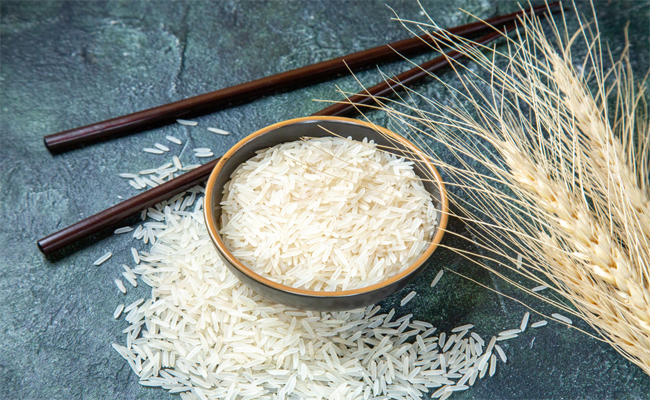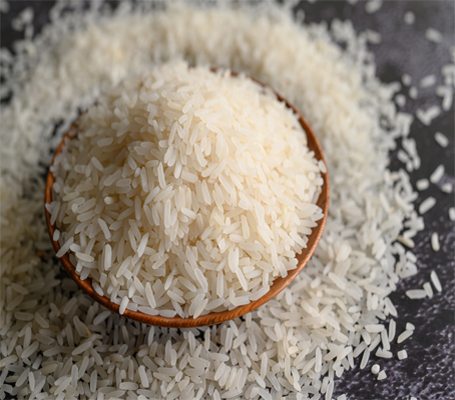
Rice
Rice is one of the most important staple food crops worldwide, serving as a primary source of nutrition for more than half of the global population. It belongs to the grass family and is cultivated mainly in warm, wet environments such as paddies, where fields are flooded with water to support growth. There are thousands of varieties of rice, broadly categorized into two main types: Indica and Japonica. Indica rice is typically long-grain and fluffy when cooked, commonly grown in tropical climates, while Japonica rice is short-grain, stickier, and mostly cultivated in temperate regions.
The cultivation of rice dates back thousands of years and is deeply intertwined with the cultures and economies of many countries, particularly in Asia. The plant thrives in waterlogged conditions, which helps reduce weed growth and supports its growth cycle. Harvesting involves cutting the mature stalks, drying the grains, and milling to remove the husk and bran layers. Rice is versatile in culinary use, featured in countless dishes ranging from steamed rice to fried rice, risottos, sushi, and desserts.
-
Health Benefits of Rice
- Rich Source of Energy
- Gluten-Free
- Versatile in Cooking
- Supports Brain Health
- Good Source of Protein
- Aids Digestive Health
- Low in Fat and Cholesterol
- Hydrating and Easy to Digest
- Contains Antioxidants
- Supports Sustainable Agriculture


Nutrition
| Calories : | 130 kcal |
| Fat : | 0.2–0.4 grams |
| Carbohydrates : | 28–30 grams |
| Fiber : | Less than 1 gram |
| Protein : | 2–3 grams |


